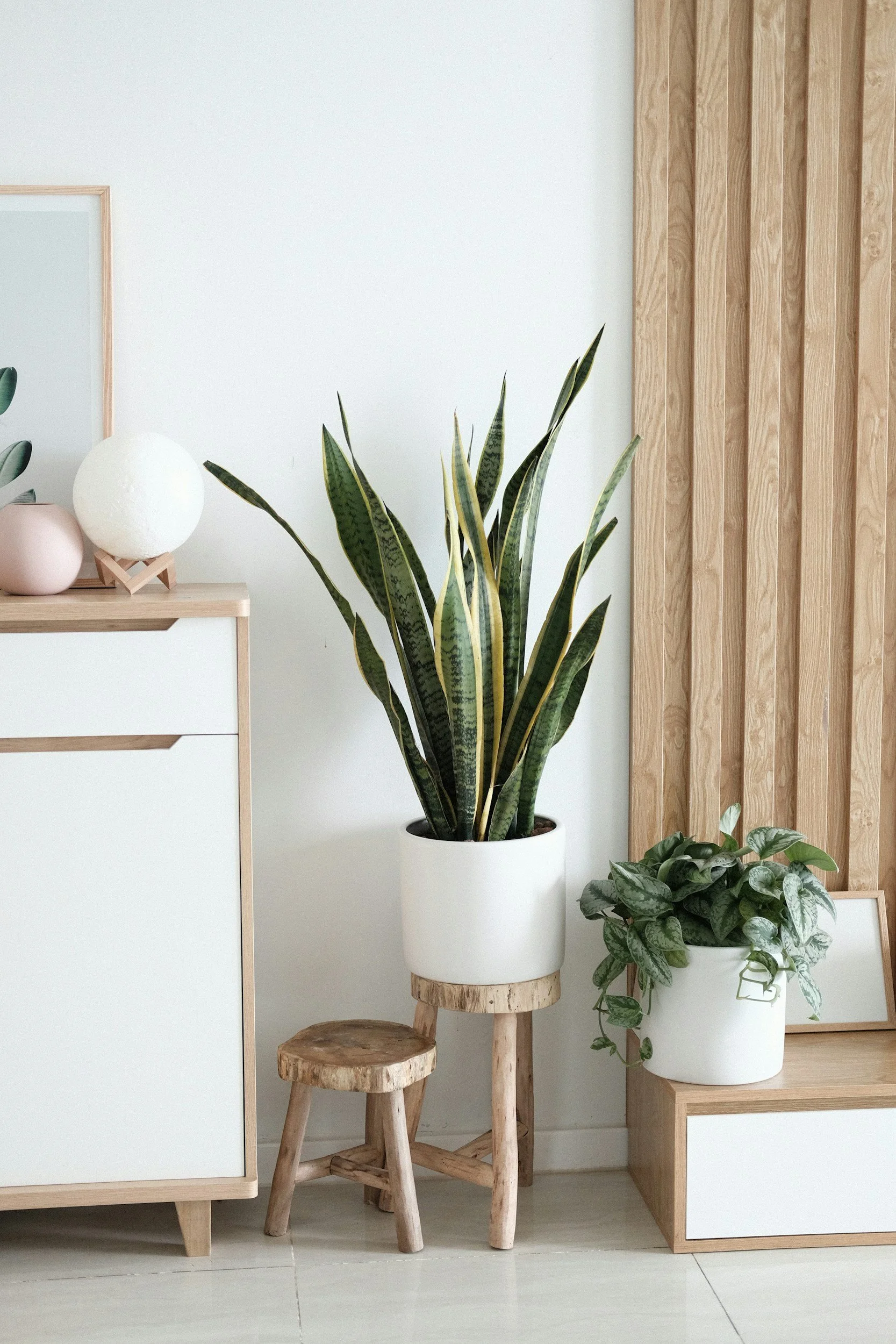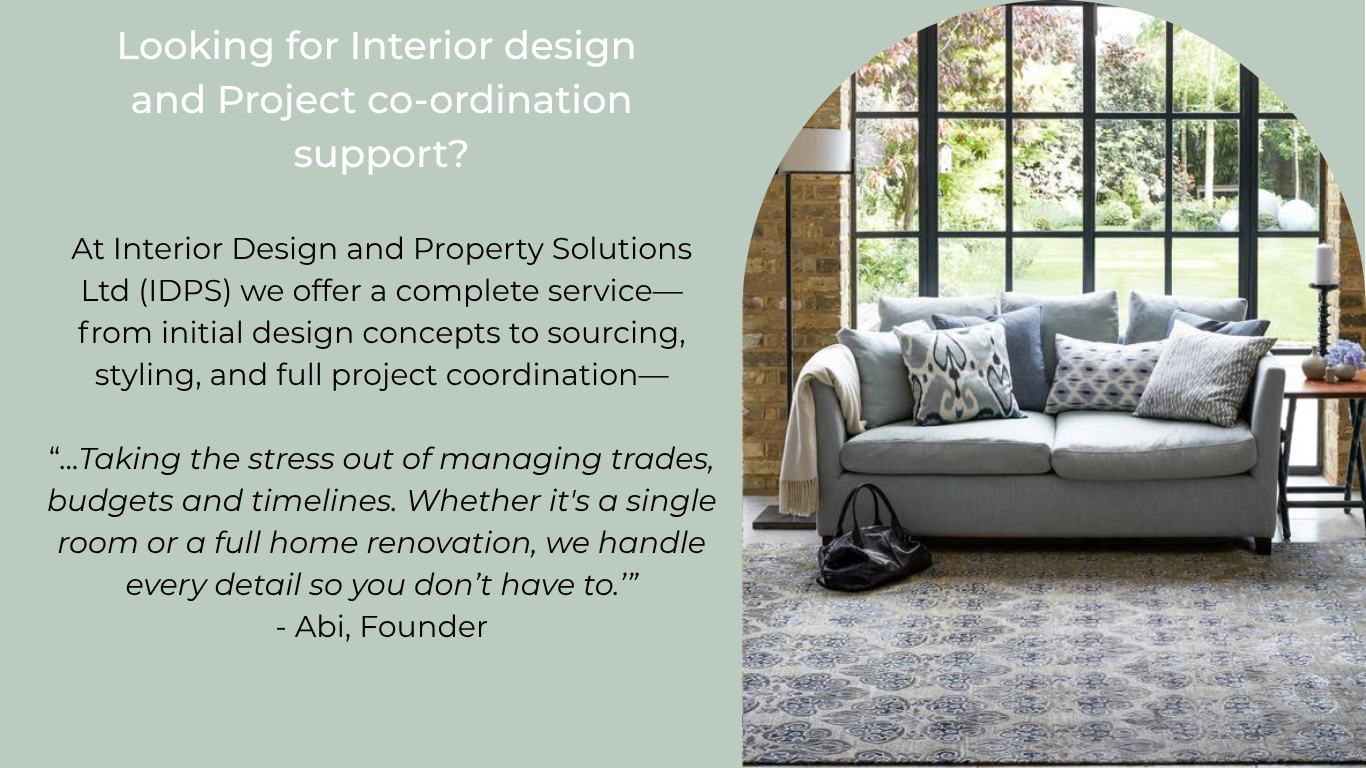The Best Indoor Plants to Enhance Your Home and Well-being…
Incorporating indoor plants into your home decor is one of the most effective ways to enhance both your living space and your well-being. Indoor plants not only bring a touch of nature indoors but also purify the air, reduce stress, and boost mood. As a result, they have become a popular element in interior design. This blog will explore the best indoor plants for enhancing your home and well-being, offering practical tips on how to incorporate them into your interior design.
The Benefits of Indoor Plants
Improved Air Quality
Indoor plants are natural air purifiers. They absorb carbon dioxide and release oxygen, creating a healthier indoor environment. Some plants have also been known to remove harmful toxins such as formaldehyde, benzene, and trichloroethylene from the air.
Stress Reduction
Studies have shown that the presence of plants can reduce stress levels and promote relaxation. The act of caring for plants can also be therapeutic, providing a sense of accomplishment and purpose.
Enhanced Mood and Productivity
Indoor plants can boost mood and increase productivity. Their presence has been linked to improved concentration, creativity, and overall mental well-being.
Aesthetic Appeal
Plants add a natural and vibrant touch to any interior space. They can soften the lines of modern architecture, add colour and texture, and create a focal point in a room.
So how do you incorporate Indoor Plants into your Interior Design plans?
Create a Green Corner
Designating a corner of your home for a collection of plants is a great place to start. Using a variety of plant sizes and types helps to create depth and interest. Placing larger plants on the floor and smaller ones on shelves or plant stands also helps to create a stylised interior design aesthetic.
Use Plants as Focal Points
Selecting large, striking plants to serve as a focal point in a room can imitate an art piece. Plants like the Fiddle Leaf Fig or Rubber Plant are excellent choices for this purpose. Place the plant in a decorative pot to enhance its visual appeal, this could also act as a highlight colour to your design scheme or simply blend into the background. It all depends on what you’d like the focal point to be.
Hanging Gardens
Hanging plants can add a unique and whimsical touch to your interior design. Using hanging baskets or wall-mounted planters to display trailing plants like the Spider Plant or Philodendron can add depth and height to a space. This approach is especially useful in smaller spaces where floor space is limited.
Windowsills and Shelves
Utilising windowsills and shelves to display smaller plants is another great space saving technique. These locations provide the natural light that many plants need to thrive. Why not group plants of different heights and textures together to create a visually appealing arrangement.
Bathroom Oasis
Bathrooms are often humid environments, making them perfect for humidity-loving plants like Boston Ferns and Peace Lilies. Placing plants on countertops, shelves, or in hanging baskets can start to create a spa-like atmosphere.
Kitchen Greens
The kitchen is a place where plants are used on a daily basis, but mainly for recipes. So it’s an easy place to start when incorporate plants into your home. Herbs like basil, mint, and rosemary are not only decorative but also practical for cooking, adding freshness and vitality to your kitchen. Place them on windowsills or in small pots on the counter for ease of use and for decorative purposes.
Stylish Plant Pots
Keeping plants in the home is a great way to accessorise, offering an opportunity to integrate stylish pots and planters that complement your interior design. Consider using ceramic, terracotta, or woven baskets for a natural look. The right pot can enhance the beauty of your plants and the overall aesthetic of your space, making it feel more luxurious but in a cost-effective way.
Vertical Gardens
Vertical gardens or living walls are an innovative way to incorporate a large number of plants into a small space. These installations can serve as striking art pieces and significantly improve air quality.
Make it stand out
Whatever it is, the way you tell your story online can make all the difference.
Top Indoor Plants for Enhancing Your Home and Well-being
1. Snake Plant (Sansevieria trifasciata)
The Snake Plant, also known as Mother-in-Law's Tongue, is a popular choice for its striking appearance and air-purifying qualities. It is highly effective at filtering out toxins such as formaldehyde and benzene.
Benefits:
Improves air quality
Low maintenance
Tolerant of low light conditions
Care Tips:
Water sparingly, allowing the soil to dry out between waterings.
Place in indirect light.
2. Peace Lily (Spathiphyllum)
Peace Lilies are known for their elegant white flowers and lush green leaves. They are excellent at removing common household toxins and adding a touch of elegance to any room.
Benefits:
Improves air quality
Reduces mould spores
Beautiful appearance
Care Tips:
Keep the soil moist but not waterlogged.
Place in a bright, indirect light location.
3. Aloe Vera (Aloe barbadensis miller)
Aloe Vera is not only a decorative plant but also has medicinal properties. Its gel can be used to treat minor burns and skin irritations. Aloe Vera is also effective at improving air quality.
Benefits:
Air purification
Medicinal uses
Low maintenance
Care Tips:
Water thoroughly but infrequently, allowing the soil to dry out between waterings.
Place in a sunny spot with indirect light.
4. Spider Plant (Chlorophytum comosum)
Spider Plants are known for their arching leaves and small white flowers. They are highly effective at removing indoor pollutants and are very easy to care for.
Benefits:
Improves air quality
Non-toxic to pets
Low maintenance
Care Tips:
Water regularly, keeping the soil slightly moist.
Place in bright, indirect light.
5. Boston Fern (Nephrolepis exaltata)
Boston Ferns are lush and feathery, making them an attractive addition to any room. They are known for their ability to remove toxins and add humidity to the air.
Benefits:
Improves air quality
Increases humidity
Attractive foliage
Care Tips:
Keep the soil consistently moist.
Place in a location with high humidity and indirect light.
6. Rubber Plant (Ficus elastica)
Rubber Plants are popular for their large, glossy leaves and their ability to remove toxins from the air. They can grow quite large, making them a statement piece in any room.
Benefits:
Air purification
Eye-catching appearance
Versatile in different interior styles
Care Tips:
Water when the top inch of soil is dry.
Place in bright, indirect light.
7. ZZ Plant (Zamioculcas zamiifolia)
The ZZ Plant is known for its striking, waxy leaves and its ability to thrive in low light conditions. It is also excellent at removing toxins from the air.
Benefits:
Improves air quality
Low maintenance
Tolerant of low light
Care Tips:
Allow the soil to dry out completely between waterings.
Place in indirect light.
8. Philodendron
Philodendrons are known for their heart-shaped leaves and their ability to purify the air. They are versatile and can be used as tabletop plants or in hanging baskets.
Benefits:
Improves air quality
Attractive foliage
Easy to care for
Care Tips:
Water when the top inch of soil is dry.
Place in bright, indirect light.
9. Chinese Evergreen (Aglaonema)
Chinese Evergreens are known for their colourful leaves and their ability to thrive in low light conditions. They are also effective at removing toxins from the air.
Benefits:
Air purification
Low maintenance
Tolerant of low light
Care Tips:
Water regularly, keeping the soil slightly moist.
Place in low to bright, indirect light.
10. Fiddle Leaf Fig (Ficus lyrata)
Fiddle Leaf Figs are known for their large, violin-shaped leaves. They make a bold statement in any room and are excellent at improving air quality.
Benefits:
Air purification
Eye-catching appearance
Versatile in different interior styles
Care Tips:
Water when the top inch of soil is dry.
Place in bright, indirect light.
To summarise…
Indoor plants are a powerful tool for enhancing both the aesthetics and well-being of your home. From improving air quality to reducing stress and boosting mood, the benefits of incorporating plants into your interior design are numerous. By choosing the right plants and being mindful of where you place them throughout your home, you can create a beautiful and healthy living environment.
It's very much personal choice whether you're drawn to the elegant Peace Lily, the resilient Snake Plant, or the bold Fiddle Leaf Fig, but there's an indoor plant to suit every style and space. Why not embrace the natural beauty and numerous benefits of indoor plants and transform your home into a sanctuary of well-being and style.





